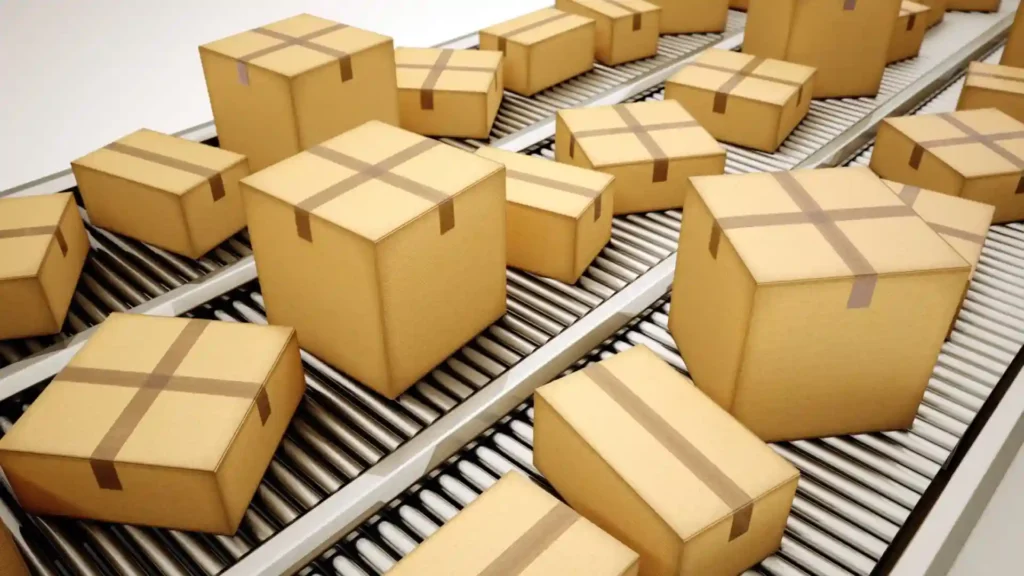Introduction
In the dynamic realm of packaging and printing, quality assurance (QA) stands as the cornerstone, ensuring each product is not merely crafted but is a commitment to excellence. This article delves into the pivotal role of QA in the packaging and printing industry, breaking down its importance, key components, challenges, technological advances, benefits, and best practices.
Importance of Quality Assurance in Industries
Defining Quality Assurance
Quality assurance, at its essence, ensures products meet or surpass predetermined standards. This is especially critical in precision-driven industries like packaging and printing.
Significance of Quality Assurance in Packaging and Printing
Understanding the role of Quality Assurance within these industries is crucial, as it safeguards product safety, maintains brand image, and ensures compliance with regulatory standards.
Overview of the Packaging and Printing Industry
Delving into the significance of Quality Assurance requires an overview of the packaging and printing industry, where precision and reliability are non-negotiable.
The Role of Quality Assurance in Packaging and Printing
Quality Assurance plays a multifaceted role in guaranteeing product safety, preserving brand image, and ensuring compliance with regulatory standards. In essence, it acts as the guardian of the integrity of the final product, ensuring it not only looks impressive but is also safe and compliant.
Ensuring Product Safety
One of the primary roles of Quality Assurance in packaging and printing is to ensure the safety of the final product. This involves rigorous checks to identify and rectify potential safety hazards.
Maintaining Brand Image
Quality Assurance is instrumental in maintaining the brand image. Consistency in printing and packaging ensures that the product aligns with the brand’s identity and meets consumer expectations.
Regulatory Compliance
Adherence to regulatory standards is paramount. Quality Assurance ensures that every product complies with the relevant regulations, avoiding legal complications and safeguarding the reputation of the company.
Key Components of Quality Assurance
Delving deeper, we find that material selection, printing techniques, and packaging design are the bedrock of effective Quality Assurance. The choice of materials influences product durability and safety, while printing techniques and design contribute to the product’s aesthetic appeal and functionality.
Material Selection
The materials used in packaging and printing impact product durability and safety. Quality Assurance involves meticulous selection to ensure the chosen materials meet the required standards.
Printing Techniques
Printing techniques contribute significantly to the overall aesthetics of the product. Quality Assurance involves scrutinizing printing processes to eliminate inconsistencies and defects.
Packaging Design
The design of the packaging is not just about aesthetics but also functionality. Quality Assurance ensures that the design meets both criteria, contributing to a high-quality end product.
Common Challenges in Quality Assurance
No process is without hurdles, and Quality Assurance in packaging and printing faces its share. Inconsistencies in printing, material defects, and environmental concerns pose challenges. Tackling these head-on is pivotal to maintaining the industry’s high standards.
Inconsistencies in Printing
Achieving consistent printing quality is a challenge. QA processes are implemented to identify and rectify any inconsistencies, ensuring a flawless end result.
Material Defects
Materials can have defects that compromise the final product. QA involves stringent checks to identify and eliminate any defects in the materials used.
Environmental Impact
With increasing awareness of environmental concerns, QA now encompasses considerations for eco-friendly materials and printing techniques to minimize the industry’s environmental footprint.
Technological Advances in Quality Assurance
Embracing technology is imperative for progress, and the packaging and printing industry is no exception. Automated inspection systems, the Internet of Things (IoT), and data analytics have ushered in a new era, ensuring real-time monitoring and data-driven decision-making.
Automated Inspection Systems
Automated inspection systems use advanced technologies to detect defects with precision, ensuring high-quality output and minimizing human errors.
IoT and Smart Packaging
The integration of IoT in packaging allows for real-time monitoring, ensuring that products are not only visually appealing but also safe and compliant.
Data Analytics in QA
Data analytics plays a crucial role in QA by providing insights that enable continuous improvement. Analyzing data helps in making informed decisions to enhance the overall quality of the process.
Benefits of Implementing Robust Quality Assurance
Beyond ensuring quality, robust QA translates into cost savings, improved customer satisfaction, and long-term sustainability. It’s an investment that pays dividends, making companies resilient in a competitive market.
Cost Savings
Identifying and rectifying defects early in the production process reduces the need for costly recalls and reprints, resulting in significant cost savings.
Improved Customer Satisfaction
Consistently delivering high-quality products enhances customer satisfaction, building trust and loyalty.
Long-term Sustainability
A commitment to quality assurance contributes to the long-term sustainability of companies, ensuring their viability in a dynamic market.
Best Practices for Quality Assurance in Packaging and Printing
To ensure effective QA, companies adopt best practices such as quality control checks, employee training programs, and a commitment to continuous improvement. These practices are the building blocks of a reliable QA process.
Quality Control Checks
Regular and thorough quality control checks are crucial for identifying and addressing issues at various stages of the production process.
Employee Training Programs
A well-trained workforce is essential for effective QA. Employee training programs focus on understanding QA protocols, using inspection tools, and fostering a culture of continuous improvement.
Continuous Improvement Initiatives
The commitment to continuous improvement is vital for staying ahead. Regular assessments and adjustments to QA processes ensure they remain effective and aligned with industry standards.
Future Trends in Quality Assurance
Looking ahead, the integration of AI and machine learning, sustainable practices, and customization/personalization are poised to shape the future of QA in packaging and printing.
Integration of AI and Machine Learning
AI and machine learning will play an increasingly significant role in QA, enhancing accuracy, speed, and predictive capabilities.
Sustainable Practices in QA
The industry is moving towards more sustainable practices. QA will incorporate considerations for eco-friendly materials and processes, aligning with global sustainability goals.
Customization and Personalization
The future of QA involves tailoring processes to meet specific standards and customer preferences, providing a personalized and unique approach.
Conclusion
In conclusion, QA is not just a process; it’s a pledge to deliver excellence. For the packaging and printing industry, it’s the key to unlocking consumer trust, ensuring safety, and standing out in a competitive market. you can Contact Trident Information Systems. Stay ahead of the innovation curve! Follow our LinkedIn page for the latest insights and updates on how Vision Intelligence System are revolutionizing Packaging and Printing Industry inspection.
FAQs
- How does quality assurance contribute to cost savings in the packaging and printing industry? QA identifies defects early, reducing costly recalls and reprints.
- What role does automated inspection play in quality assurance? Automated inspection systems detect defects with precision, ensuring high-quality output and minimizing human errors.
- How can companies in the industry address environmental concerns in QA practices? Adopting sustainable materials, recycling initiatives, and eco-friendly printing techniques minimizes environmental impact.
- What are the key considerations in employee training programs for effective QA? Focus on understanding QA protocols, using inspection tools, and fostering a culture of continuous improvement.
- How can the industry leverage customization and personalization in quality assurance? Customization ensures tailored QA processes, meeting specific standards and customer preferences.





